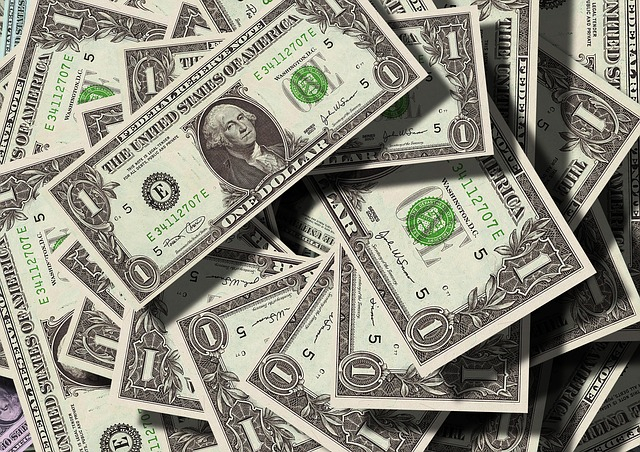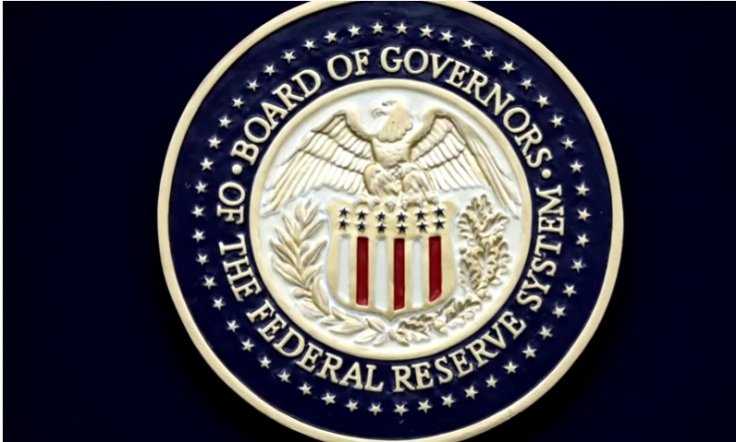Gold price broke past the $1,900 mark against the dollar for the first since 2011 on Friday, hitting a nine-year-high as the global coronavirus pandemic worsened and new data from the United States showed a weaker-than-expected recovery of the global economy. The gold price hovered around the $1,850 mark a day earlier and it was expected to cross the $1,900 mark as lower stock indexes invited more buyers toward the precious metal.
A number of factors are aiding gold price over the past week, which further escalated on Friday as worsening geopolitical tensions further dented the confidence of investors. The news, however, didn't drive up gold per se, but it did definitely push interest rates down throughout the week, thus making the yellow metal a more precious asset.
Gold Price Hits Nine-Year High

The gold price hit the $1,900 mark on Friday only for the second time in history as increasing geopolitical tensions added to fears over the hit taken by the global economy due to the coronavirus pandemic. And it won't come as a surprise if the price escalates further in the coming days, crossing the record high of $1,920.70 reached in 2011, according to Comex futures.
However, the gold price had somewhat dipped in early trading on Friday. Increasing tensions between the US and China actually drove investors almost overnight into the US dollar, thus creating pressure on gold price but it rebounded to end the day above $1,900 after US manufacturing and services PMI reports missed their forecasts, raising concerns over the strength of the economy. This pulled down the US dollar, raising demand for the dollar-denominated gold.
Gold prices also set hit all-time highs in the European markets on Friday, costing investors a record €1640 per ounce, around €7 more than mid-May's peak. In fact, the UK price of gold in terms of British pound per ounce recorded a new high for the third straight day, which is now up more than 30 percent since hitting £1,493 during on New Year. Thus investor sentiment is working almost the same way in every market.
Investors Losing Confidence

The yellow metal has gained around 20 percent this year and is at its highest levels in nine years, making it one of the best performing major asset classes of 2020. The surge is primarily due to investors' search for safe-haven assets amid rising concerns about a weakening global economy due to the coronavirus pandemic.
That, although, isn't the only reason behind this surge. A weaker US dollar index, technical buying and increasing consumer demand from China and India have been increasingly fueling the bull run of the precious metal.
The scenario, however, was completely different till March. Gold price, much like other major asset classes, had nosedived in March as investors sold everything and piled into cash. However, as governments across the world unleashed unprecedented fiscal and monetary stimulus following the coronavirus pandemic, yields started plunging. Moreover, the ultra-easy monetary policy is another reason behind the surging price of gold.
The Fed has been acting super-dovish since March and has cut rates to zero and launched an infinite QE policy. The Fed is also buying highly-rated corporate debt as well as fallen angles. Such measures have kept the dollar's strength in check. The low interest rates have been increasing the appeal of the yellow metal as they reduce the opportunity cost.
Price May Further Escalate

The scene has been the same with other developed and emerging economies too, with almost every country's central bank injecting cash into the economy in the form of hefty stimulus to fight the coronavirus crisis. The ECB and the Bank of Japan (BoJ) have benchmark interest rates in the negative territory.
Also, at present, real US treasury yields are negative from a five-year to 20-year term, which lowers the opportunity cost of holding a non-interest-bearing asset like bullion. The precious metal is also getting a boost from uncertainty around the US presidential election and rising geopolitical conflicts around the world that are making investors skeptical and making them go for safe-haven assets.
With another round of $1 trillion stimulus in the offing, it may further boost the price of gold. Moreover, the Fed may not be able to raise interest rates anytime soon, given the weak economic conditions. Expectations for higher inflation may further boost the demand for gold.








